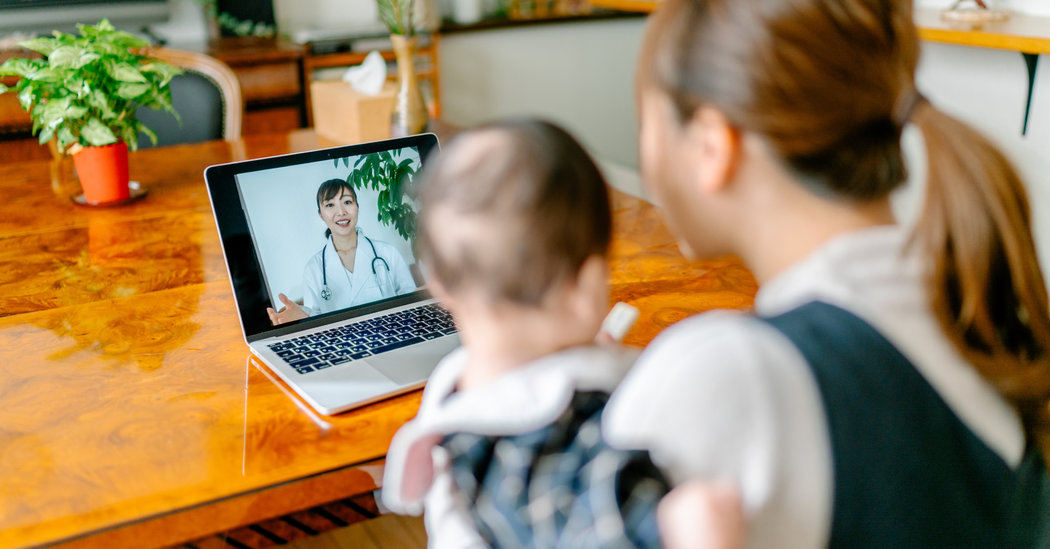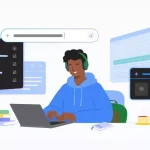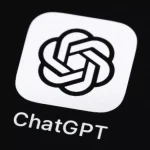As I wait for the interpreter to call the mother and then connect me into our three-way call, I berate myself for how bad my Spanish has become. I imagine it will continue to get worse. But what I am also realizing in this 30 seconds of dead airtime is that my overall communication skills are dwindling, too. I realize that in normal, non-Covid times, I do a lot of nonverbal communication with my patients. That I can’t do over the telephone.
We seemed to have passed the first phase of the COVID-19 global pandemic but there is still talk of an imminent second wave. Discussions are once again actively being presented by politicians calling for new lockdowns and even quarantines. Telehealth services are nothing new, but there is a marked increase with telehealth technologies in large part due to the coronavirus outbreak. Medical translation and medical interpretation services used to be considered optional or the nearest friend or family member could have been used to serve as the family medical translator. Telehealth services are also increasing for things like medical document translation services and to provide immediate access to medical interpreters via telehealth technologies in order to provide instant and accurate interpretation to prevent the spread of disease.
Calling my patients at home, with or without video, has become my new normal. After 25 years of being a pediatrician, telemedicine is teaching me new ways to communicate with families. On the phone, with or without an interpreter, I try to listen carefully to the pauses in a mother’s voice, to know when it is my turn to speak and ask questions. It’s hard to tell if a patient is done speaking or just pausing. I find myself interrupting patients far more than I do with face-to-face visits.
I try to hear the mother above the babbling of her baby. And then to listen to the babbling of the baby. Is it joyful? Are there big breaths between the babbling?
A federal government waiver, issued early in March, expanded the use of federally funded health insurance — Medicaid, Medicare and the Children’s Health Insurance Program — to pay for telemedicine visits. The goal was to allow more people with symptoms of illness to be heard, and sometimes also seen, by a health care provider without the risk of exposure to coronavirus at a doctor’s office or hospital. The federal government has been expanding the use of telemedicine for years — but like so many changes in this pandemic, what used to take years to transform, we are now doing within weeks.
In my former life of face-to-face visits, when I walked into an exam room, introduced myself, and sat down — long before I laid hands or a stethoscope on the baby — I watched the baby breathe. Is her chest heaving with every breath? Is she flaring her nostrils? Is her mouth moist? The equivalent over the phone may be trying to appreciate how worried the mother’s voice sounds. But it’s no substitute.
In face-to-face visits, when I’ve decided that the symptoms the mother is worried about are a common cold and not something serious, I try to show the mother how, despite the runny nose and cough, her infant is doing well. I often hold a not-yet-walking infant under her arms while the mother and I watch in awe as the infant holds her head up and takes a step forward. “Que fuerza ella tiene!”
On the phone, as I listen to the interpreter tell me that the mother said that the child does not have a fever and is eating and sleeping well, I am convinced that the symptoms are from the common cold. But I have no similar magic trick to boost the mother’s confidence in my diagnosis.
Seeing the same families over and over, watching their children grow, the parents and I build trust. In face-to-face visits, I try to build trust in all the ways we teach our students: I introduce myself, I sit down, I listen, I hold their hands when it feels appropriate. And when a pediatric visit calls for it, I follow a toddler under the desk, squatting to get my stethoscope on his chest.
Sometimes on the phone or video, there’s a delay or echo. It might be caused by the bad internet I have at home. But it might be the patient’s bad internet, who knows.
I know in many ways I am lucky. Many of my colleagues are taking care of patients who are sick or dying from Covid-19, at high risk to themselves. I have a paying job that allows me to work from home. I had asked to stop seeing patients face-to-face early in the pandemic, because I am being treated for metastatic colon cancer and am immunocompromised.
Despite the nausea and vomiting my biweekly chemo appointments bring, they remind me of the pleasures of face-to-face health care. I am wearing a mask, my providers are wearing masks, and yet face-to-face, I can see in their eyes when they are smiling. We can watch each other’s body language to see when it’s the other person’s turn to start speaking. Masks are not great for communication, but they easily surpass telehealth.
I am getting better at it, though. I started by using my landline, which had better reception than my cellphone, then returned to my cellphone after downloading some apps that allowed my patients and me to hear each other more clearly. Now I have a hospital-issued cellphone with greater security and apps that make a video call easier.
Some of the changes we make and the new skills we develop during this pandemic will be worth sustaining long after it is over. I am learning to listen for when it is my turn to speak, to diagnose rashes on a phone screen, to identify emotions from words and tone as much as from facial expressions. I am working on building trust over the phone.
At the end of a face-to-face visit, I always ask the parent, usually a mother, if there’s anything else I can do for her today. She may have some questions while we are both sitting down, her baby on her lap. Or she may not have any questions until my hand is on the door handle to leave and she says, “Oh, doctor, one more thing…,” which often turns out to be the most important part of the visit.
Now, at the end of this virtual visit, I ask the mother if there’s anything else I can do for her today. She says no, she’s set, she just wanted to know if she should bring her baby to the emergency room, and she’s relieved she doesn’t have to. I say great, that she should feel free to call us back if she has any other questions. She says goodbye, the translator says goodbye, and then I say goodbye. And then there is a little bit of dead airtime before we all find the right button to hang up.
Marjorie Rosenthal is a pediatrician at Yale.







